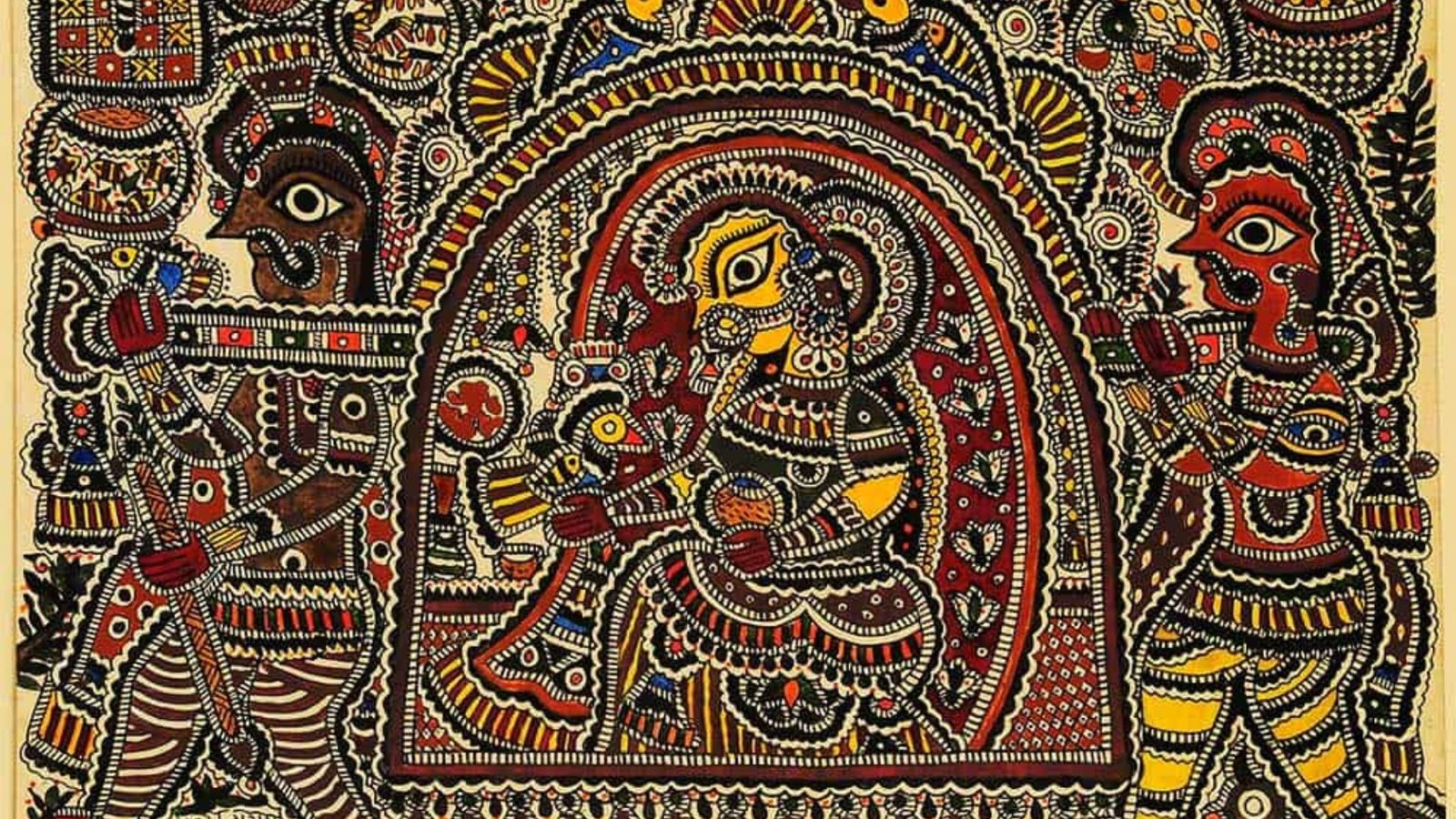How to Appreciate Traditional Indian Art Forms
Traditional Indian art forms have a rich history and vibrant cultural significance. Learning to appreciate these art forms can deepen your understanding of India’s heritage. In this article, I’ll guide you on how to truly appreciate Traditional Indian Art Forms, exploring their beauty and significance.
1. Understanding the Historical Context
To appreciate Traditional Indian Art Forms, it’s essential to understand their historical context. These art forms have evolved over centuries, influenced by various dynasties and cultures. By learning about the history behind the art, you gain insight into the cultural and societal factors that shaped it.

2. Exploring Different Art Forms
India boasts a diverse range of traditional art forms, from intricate paintings to expressive dance. Familiarize yourself with various types like Madhubani, Warli, and Tanjore paintings, and classical dance forms like Bharatanatyam and Kathak. Each art form has unique characteristics and stories, enriching your appreciation.
3. Visiting Museums and Galleries
One of the best ways to appreciate Traditional Indian Art Forms is by visiting museums and galleries. Places like the National Museum in Delhi and the Indian Museum in Kolkata showcase extensive collections of traditional art. Observing these pieces in person allows you to see the details and craftsmanship up close.
4. Attending Cultural Festivals
Cultural festivals are vibrant celebrations of traditional art. Events like the Jaipur Literature Festival, Khajuraho Dance Festival, and Surajkund Mela provide opportunities to witness live performances and exhibitions. These festivals offer immersive experiences, helping you connect with the art forms on a deeper level.
5. Engaging with Local Artisans
Engaging with local artisans gives you firsthand knowledge of Traditional Indian Art Forms. Many artisans continue to practice age-old techniques passed down through generations. Visiting artisan villages or workshops, like those in Raghurajpur (Odisha) or Shilpgram (Rajasthan), allows you to see the creation process and appreciate the skill involved.
6. Reading Books and Articles
Books and articles on Traditional Indian Art Forms offer valuable insights and detailed information. Reading works by art historians and critics can enhance your understanding and appreciation. Look for books that explore the history, techniques, and cultural significance of these art forms.
7. Watching Documentaries
Documentaries are a visual and engaging way to learn about traditional art. Films like “Dance of the Enchantress” on Bharatanatyam or “The Art of India” series provide an in-depth look at various art forms. Watching these documentaries can give you a new perspective and deepen your appreciation.
8. Participating in Workshops
Participating in workshops lets you experience Traditional Indian Art Forms hands-on. Many organizations and cultural centres offer workshops in painting, dance, and crafts. By trying these art forms yourself, you gain a greater appreciation for the effort and skill required.
9. Studying Symbolism and Themes
Traditional Indian Art Forms are rich in symbolism and themes. Studying the motifs, colours, and stories behind the art can enhance your understanding. For example, in Madhubani paintings, the use of natural dyes and specific motifs often have symbolic meanings related to nature and spirituality.
10. Supporting Artisans and Artists
Supporting artisans and artists helps preserve Traditional Indian Art Forms. Purchasing handcrafted items, attending performances, or donating to cultural organizations are ways to contribute. Your support ensures these art forms continue to thrive and evolve.
11. Learning the Techniques
Learning the techniques behind Traditional Indian Art Forms can deepen your appreciation. Whether it’s the intricate brushwork in miniature paintings or the rhythmic footwork in Kathak, understanding the methods used by artists and performers reveals the complexity and beauty of their work.
12. Experiencing Regional Variations
India’s vast geography means each region has its unique art forms. Exploring regional variations, like Pattachitra in Odisha or Kalamkari in Andhra Pradesh, broadens your appreciation. Each variation offers a different perspective and style, adding to the richness of traditional art.
13. Engaging with Digital Platforms
Many digital platforms showcase Indian Art Forms, making them accessible to a global audience. Websites, social media, and virtual tours of museums provide opportunities to explore and appreciate traditional art from anywhere in the world.
14. Reflecting on Personal Interpretations
Reflecting on your interpretations and connections to the art can enhance your appreciation. Think about how the colours, patterns, and movements resonate with you. Personal engagement with the art forms makes the experience more meaningful and memorable.
15. Promoting Cultural Awareness
Sharing your knowledge and appreciation of Indian Art Forms promotes cultural awareness. Discussing these art forms with friends, and family, or on social media helps spread awareness and appreciation, contributing to the preservation and recognition of India’s rich cultural heritage.
Conclusion
Appreciating Traditional Indian Art Forms involves immersing yourself in their history, understanding their techniques, and engaging with the artists. By exploring museums, attending festivals, and participating in workshops, you can develop a deep appreciation for these rich and diverse art forms. Supporting artisans and sharing your knowledge further promotes cultural heritage, ensuring these traditional art forms continue to thrive.



